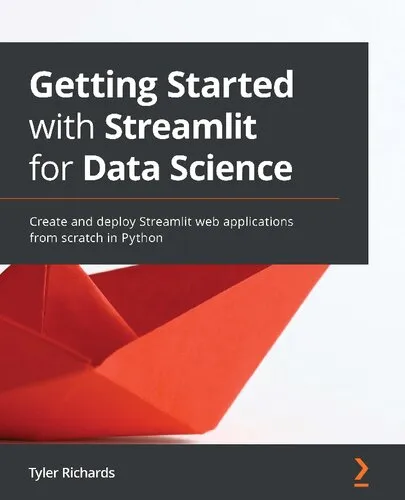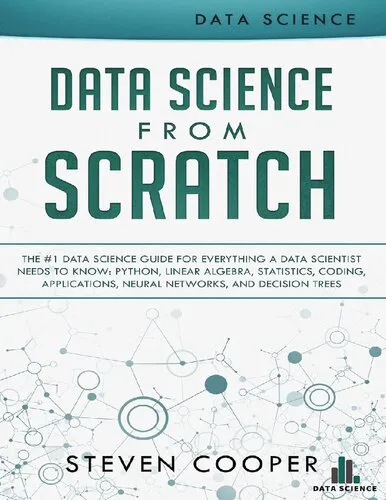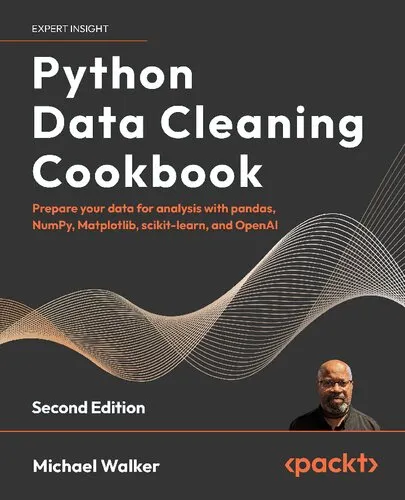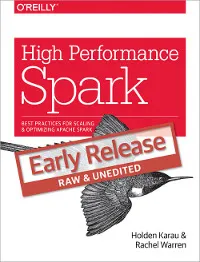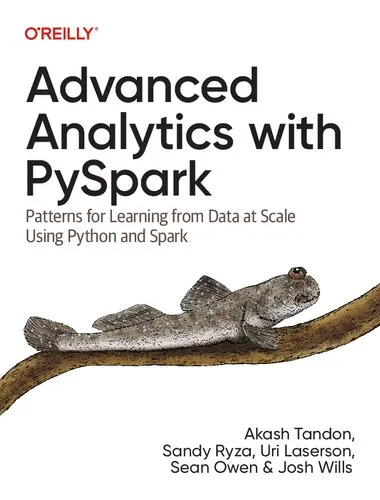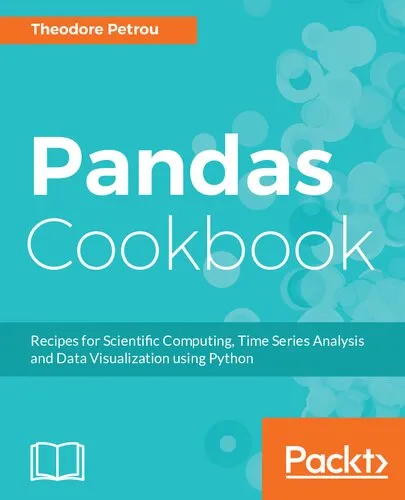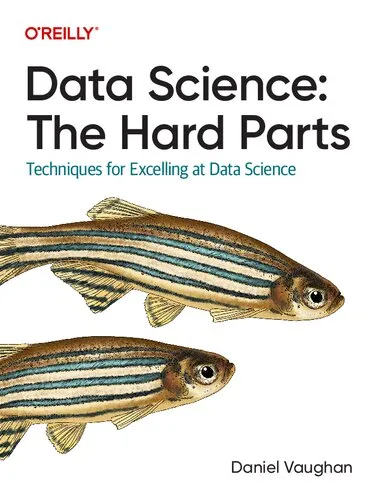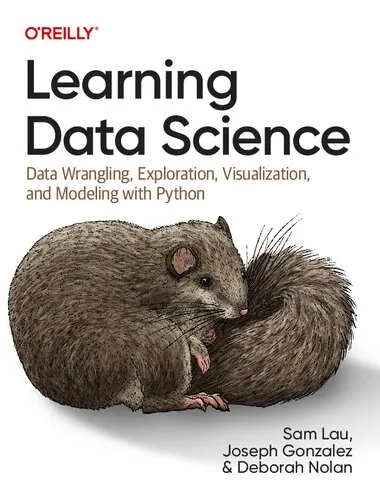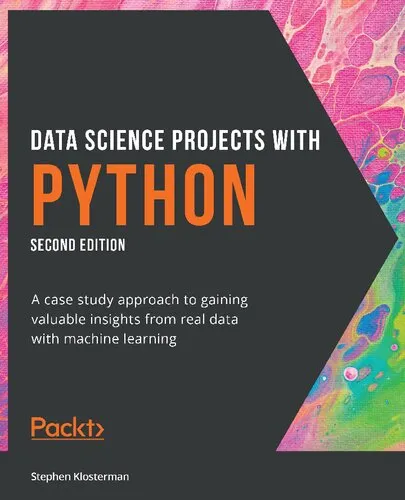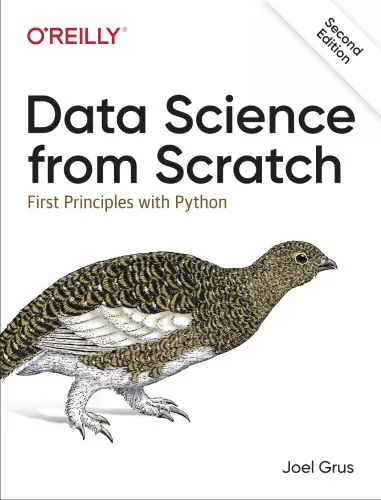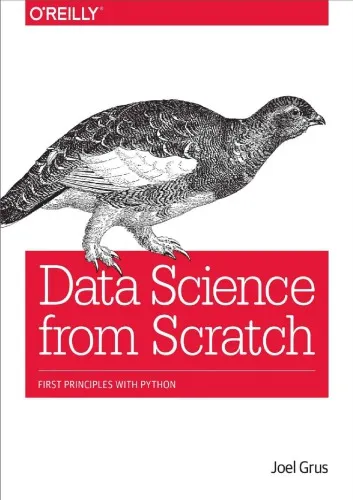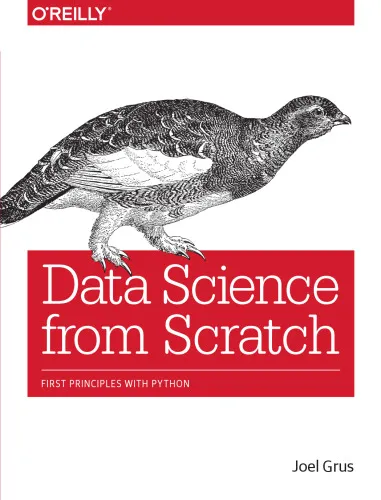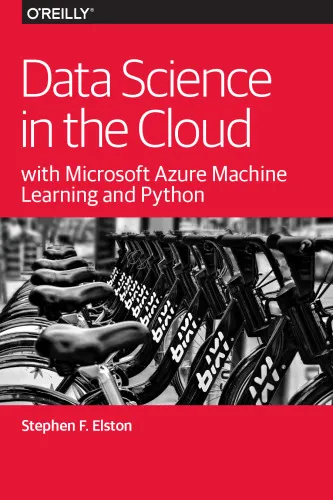Building Statistical Models in Python
4.4
Reviews from our users

You Can Ask your questions from this book's AI after Login
Each download or ask from book AI costs 2 points. To earn more free points, please visit the Points Guide Page and complete some valuable actions.Related Refrences:
Analytical Summary
*Building Statistical Models in Python* is a comprehensive and well-structured resource authored by Huy Hoang Nguyen, Paul N Adams, and Stuart J Miller. Designed for academics, data scientists, and professional analysts, this book serves as a structured guide to building, validating, and deploying statistical models using the versatile Python programming language. It blends theoretical foundations with practical implementation, ensuring that readers gain both the conceptual understanding and the applied skills necessary for rigorous statistical work.
Python has become a cornerstone in the modern data science ecosystem, offering a rich suite of libraries such as NumPy, Pandas, Statsmodels, and scikit-learn. This book strategically integrates these tools alongside statistical theory, enabling readers to seamlessly translate mathematical models into executable code. While many online resources cover fragments of statistical modeling, *Building Statistical Models in Python* consolidates knowledge into a coherent framework, making it invaluable for those seeking mastery.
The authors place strong emphasis on reproducible workflows—critical in research and industry—while also teaching readers how to evaluate model performance using robust statistical metrics. This dual focus on theory and practice gives the book its authoritative yet approachable character, making it suitable for both specialized courses and self-directed professional development.
Key Takeaways
Readers emerge from *Building Statistical Models in Python* equipped with the ability to construct, interpret, and refine statistical models for diverse applications.
The text drills deeply into topics such as probability distributions, hypothesis testing, regression analysis (linear and logistic), time series forecasting, and model selection techniques. Its clear, methodical presentation allows readers to progress from foundational concepts to advanced modeling approaches without unnecessary detours.
By the end of the book, readers will have not only learned how to implement statistical techniques in Python but also how to critically assess their results, document their processes, and communicate insights effectively to stakeholders.
Memorable Quotes
“A sound statistical model is the bridge between data and decision-making.” Unknown
“Python’s ecosystem makes statistical rigour accessible to every serious analyst.” Unknown
“The union of theoretical insight and applied code is where true analytics power resides.” Unknown
Why This Book Matters
For any professional invested in data-driven decision-making, *Building Statistical Models in Python* is more than just a technical manual—it's a strategic asset.
In an age when organizations collect massive volumes of data, the ability to extract meaningful patterns and predictions confers a tremendous competitive advantage. This book demystifies the complex landscape of statistical modeling, ensuring that readers can move from raw datasets to actionable insights with confidence and clarity.
Its cross-disciplinary relevance—spanning fields such as economics, public health, engineering, and marketing—means that the skills it imparts are adaptable to virtually any domain. Unlike fragmented tutorials, it provides a consistent pedagogical structure, which fosters durable learning.
Information unavailable regarding awards or publication year, as no reliable public source currently confirms these details.
Inspiring Conclusion
*Building Statistical Models in Python* stands as a testament to the power of uniting statistical theory with practical programming skill, offering readers a roadmap from basic concepts to advanced applications.
Whether you are an academic venturing deeper into empirical analysis, a professional analyst refining your predictive capabilities, or a student eager to apply statistical methods to real-world problems, this book provides the structure and guidance to succeed. Its careful integration of Python’s statistical libraries ensures that the journey from raw data to insightful conclusions is both efficient and reproducible.
The next step is yours: engage with the material, apply the techniques to your own datasets, share your discoveries, and discuss your findings with peers and mentors. In doing so, you will not only enrich your own expertise but also contribute to the growing, collaborative body of knowledge that defines the modern data science community.
Free Direct Download
You Can Download this book after Login
Accessing books through legal platforms and public libraries not only supports the rights of authors and publishers but also contributes to the sustainability of reading culture. Before downloading, please take a moment to consider these options.
Find this book on other platforms:
WorldCat helps you find books in libraries worldwide.
See ratings, reviews, and discussions on Goodreads.
Find and buy rare or used books on AbeBooks.
3844
بازدید4.4
امتیاز0
نظر98%
رضایتReviews:
4.4
Based on 0 users review
Questions & Answers
Ask questions about this book or help others by answering
No questions yet. Be the first to ask!

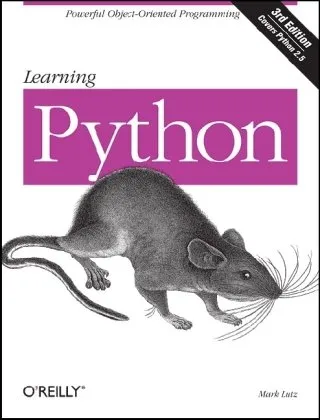

![DATA SCIENCE FROM SCRATCH: From Data Visualization To Manipulation. It Is The Easy Way! All You Need For Business Using The Basic Principles Of Python And Beyond [REVISED & EXPANDED EDITION]](https://s3.refhub.ir/images/thumb/DATA_SCIENCE_FROM_SCRATCH__From_Data_Visualiz_4549.webp)
